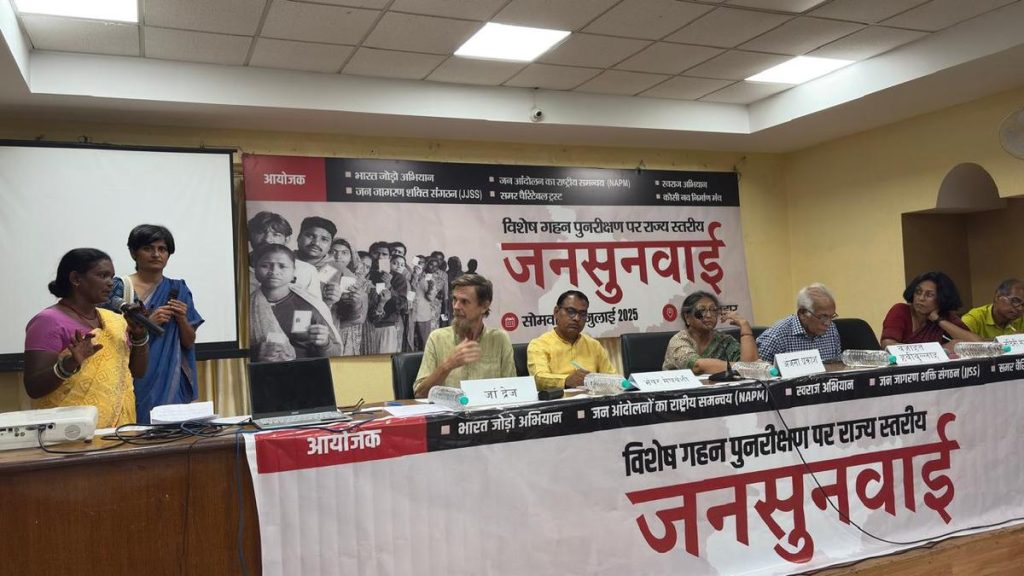Now Reading: Santa Clara’s Strategy to Curb Homelessness: Focus on Preventing Displacement
-
01
Santa Clara’s Strategy to Curb Homelessness: Focus on Preventing Displacement
Santa Clara’s Strategy to Curb Homelessness: Focus on Preventing Displacement

Speedy Summary
- Santa Clara County Program: A public-private initiative launched in 2017 called homelessness Prevention System (HPS) aims to prevent homelessness by providing short-term cash assistance and support for families at risk of eviction.
- Effectiveness: Studies show the program is highly effective, reducing homelessness risk by 81% within six months and 73% within a year. Over 18,400 households have been stabilized as its inception.
- Core Strategy: The approach focuses on prevention rather than response, working directly with landlords and offering tailored emergency financial aid without strict caps. Families typically receive an average of $7,000 in assistance over three to six months.
- Statistics:
– San Jose ranks seventh nationwide for homelessness; Santa Clara County has the largest unhoused population in California’s Bay Area.
– Moast unhoused residents have lived locally for years – 85% were county residents when they became homeless; over half had lived there for more than a decade.
– Loss of income is the top cause; modest subsidies can prevent evictions effectively as per research findings from UCSF’s Benioff Initiative study (2023).
- Support & Partnerships: Tech companies like Cisco and Apple contributed $50 million each to fund HPS expansion. On-ground support comes from a network of nonprofits like lifemoves alongside case managers aiding with rent relief and coordination services.
Images included:
- Case manager Sandra Munoz at LifeMoves office in San Jose assisting clients with housing resources strategies [Image Source: Melanie Stetson Freeman].
- Linda Nguyen standing with her dog outside her rental house supported through HPS intervention after health-compromised tenancy incidents [Image Source: melanie Stetson Freeman].
Indian Opinion Analysis
Santa Clara County’s data-driven approach offers valuable insights into addressing housing insecurity that could resonate globally-including India-where urban migration often exacerbates housing challenges. By prioritizing early intervention methods rather than adding capacity reactively, this model reshapes how authorities manage crises related to affordability gaps.
For India, where densely populated metropolitan areas face persistent challenges such as rapid urbanization, poor tenant protections, and fluctuating labor market conditions due to informal work dependencies-the success of initiatives like HPS demonstrates the importance of collaboration between public agencies and private capital investment backed by research frameworks.
The central takeaway here highlights that preventing destabilization through proactive policies might be more cost-efficient socially long-term versus expanding shelters post-crisis moments globally replicable best-practices applicable possibly adaptable basis region-specific contextualized analytics




























